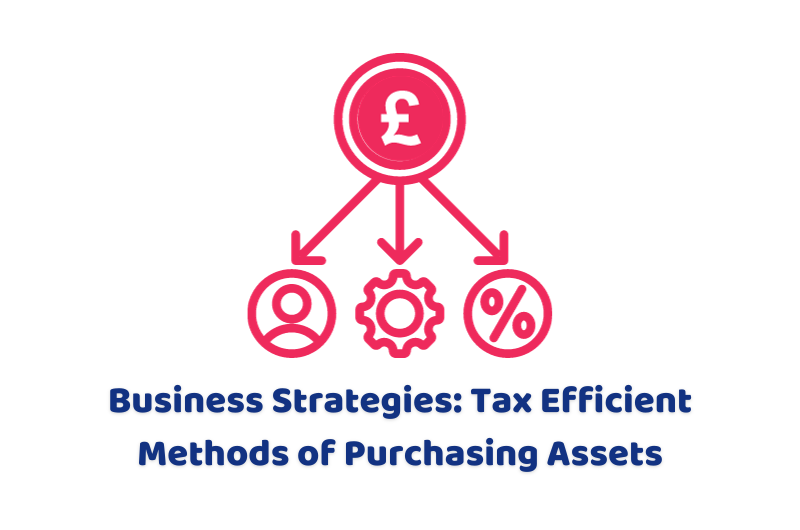When businesses purchase assets, they invariably use some form of finance on the pretext that it is better to conserve cash, because once it’s gone – it’s gone!
Different methods have different tax implications depending on the type of asset involved, contract entered into, and whether the business calculates its profits on a cash or accruals basis. Capital expenditure is not usually deducted in calculating taxable profits; capital allowances are claimed instead. The exception is where accounts are prepared using the cash basis, when relief is given against profits unless the asset is of a type that is specifically disallowed (e.g., cars). Where accounts are prepared using the accruals basis, a deduction is not given for capital expenditure as such but under the capital allowances (CAs) regime instead.
Examples of finance methods and the tax implications include:
Hire Purchase
Under a hire purchase agreement, a lump sum payment is made at the start, followed by smaller payments. Technically, the asset is being hired for the agreement term with an option to buy at the end. Typically, a small additional charge is added to the last payment, being the fee for exercising the purchase option and the transfer of legal ownership. For tax purposes, the purchase is treated as being made at the beginning, which has the advantage of providing tax relief via the CAs regime at the invoice date rather than the date of payment. As well as claiming CAs, tax deductions are generally available for interest charges under the agreement.
The value of such an arrangement is that VAT is recoverable at the outset, with the VAT invoice or finance agreement showing the VAT as the ‘lump sum’ amount paid upfront. In practice, a small deposit is paid (usually covering road tax) but no lump sum payment is made. The monthly payment is net of VAT; however, should a VAT-registered business reclaim the VAT and subsequently sell the asset, VAT is accounted for on the selling price. Should the asset be given away, the claimed VAT must be repaid.
Finance Lease
Under an agreement with a term of seven years or less, there is no option to buy at the end of the contract. The lessor retains ownership, so no CAs can be claimed by the business lessee making payment.
However, the lease payments are generally tax-deductible and the VAT charged on each payment is reclaimable.
Personal Contract Purchase
This is similar to a finance lease – but more flexible. Such agreements are commonly associated with car financing and are intended to minimise the cash impact, with a small deposit and low monthly repayments offset by a large final ‘balloon’ payment at the end should the lessee keep the asset. The financing is on the vehicle’s depreciation based on a guaranteed minimum future value (GMFV). Again, the lease payments are tax-deductible and any VAT on each payment is reclaimable.
Should the ‘balloon’ payment be set at or above the anticipated market value (i.e., the GMFV) of the asset at the time the option is to be exercised, the contract will be a deemed supply of leasing services. VAT must be accounted for on the full value of each instalment spread over the contract’s term. However, if the final optional payment is set below the anticipated market value, such that a customer would choose to buy the asset when they exercise the option, the contract will be deemed a supply of goods with a separate supply of finance. VAT will be due on the supply of goods at the beginning of the contract and the finance element is exempt from VAT.
Practical Tip
The maximum claimable under the annual investment allowance (AIA) for CAs purposes is £1m per year or accounting period. Qualifying expenditure on plant and machinery (not cars) to the maximum AIA attracts 100% relief. Any higher amount enters the 18% or 6% Cas pool (depending on the type of asset), attracting a writing-down allowance at the appropriate rate.

